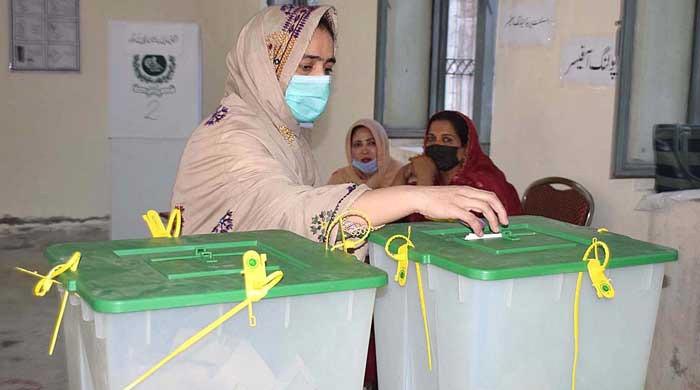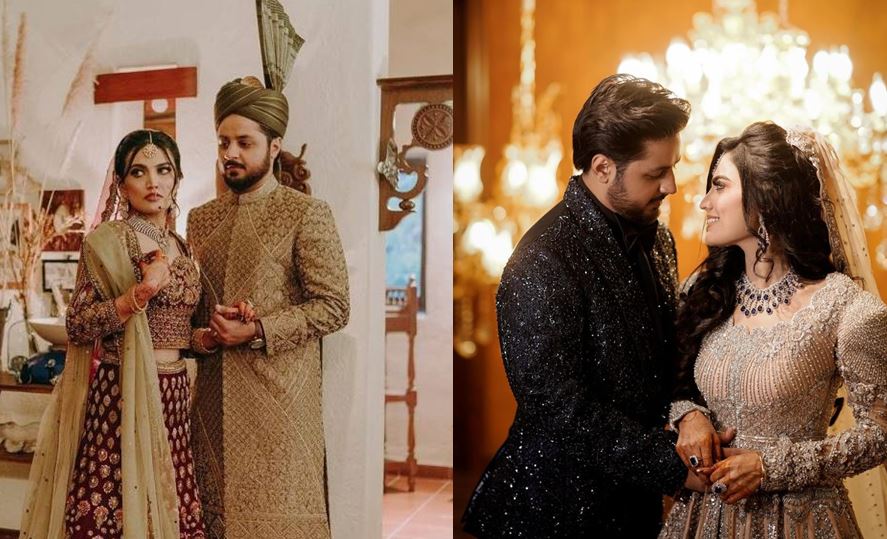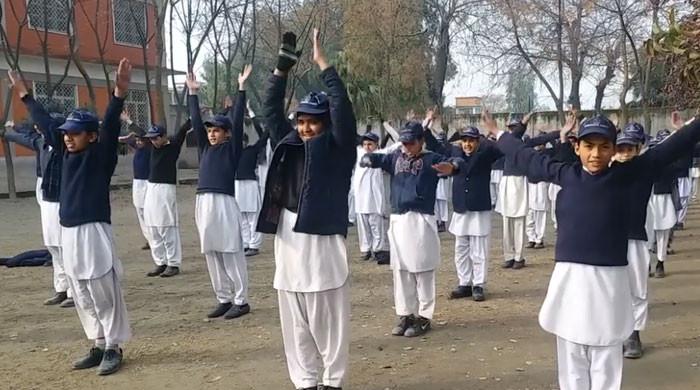POLITICAL scene in the US is in for change and the political climate is getting warm with each day passing. Both parties — Democrats and Republicans — are busy lining-up their candidates for the next big event — the Presidential race of 2024. Though it is pre-mature to predict the likely outcome at this stage due to the mood of the people who are getting wary of the way the politics is being run, controlled, managed and manoeuvred by the “big shots” in their country. There is no secret that elections in USA are funded, financed, supported and subscribed by big corporations and multi-national business giants by substantial donations to run the party campaign and influence voters. The amount of party funds reflects the popularity of the candidate and when elected he/she is supposed to cater to the interests of large donors. This has been the way not only the American politics but politics everywhere in the world works. Money has been the major element of running politics, universally.
According to PEW Research, the public’s belief that special interests and campaign donors have too much influence on politics is not new. Since the 1970s, large majorities have said that the government “is run by a few big interests looking out for themselves,” rather than for the benefit for all the people. Yet money in politics emerges again and again as a major source of public frustration. Most say the cost of campaigns keeps good candidates from running. An overwhelming majority (85%) holds the view that “the cost of political campaigns makes it hard for good people to run for office.”
Members of Congress are widely seen as mixing financial interests with their work. About eight-in-ten Americans (81%) say members of Congress do a very or somewhat bad job of “keeping their personal financial interests separate from their work in Congress.” Americans feel major donors have too much influence. Large majorities say big campaign donors (80%) and lobbyists and special interests (73%) have too much influence on decisions made by members of Congress. People in members’ own districts, by contrast, are widely viewed as having too little influence (70% say this).A sizable majority (72%) – including comparable majorities in both parties – support limits on the amounts of money individuals and organizations can spend on political campaigns. And 58% believe it is possible to have laws that would effectively reduce the role of money in politics.
The United States feels roiled by polarization and the philanthropic world is seized with debates about what to do. Some scholars claim that Americans are so polarized they are on the brink of civil war. Other polls suggest that voters agree on plenty of policies and that polarization is an illusion. Some philanthropists call for pluralism and civility, while others lean into activism, believing polarization is a by product of change toward a more just world. So, is the United States polarized or not? If it is, what is causing the polarization and what are its consequences? Should polarization be solved or tolerated? These are the big questions which dominate present American politics and often remain unanswered. Yet the questions like these are real and need solution, sooner or later. A little more than a year before the presidential election, nearly two-thirds of Americans (65%) say they always or often feel exhausted when thinking about politics, while 55% feel angry. By contrast, just 10% say they always or often feel hopeful about politics, and even fewer (4%) are excited.
The survey also provides people several opportunities to describe in their own words their feelings about the political system and elected officials. When asked to sum up their feelings about politics in a word or phrase, very few (2%) use positive terms; 79% use negative or critical words, with “divisive” and “corrupt” coming up most frequently. People were asked to identify the strengths of the political system, as well as its weaknesses. Among the positive responses, roughly one-in-ten point to the structures of U.S. government, including its system of checks and balances (12%), freedoms and democratic values (9%) and the opportunity to vote in elections (8%).Yet it is telling that a majority of Americans are unable or unwilling to identify strong points of the nation’s political system. While about a third gave no answer, another 22% write “nothing” – meaning that in their view, the political system does not have any strengths.
These views and other negative sentiments are widely shared among older and younger Americans, White, Black, Hispanic and Asian adults, people who are highly engaged in politics and those who are less engaged. And in most cases, the partisan differences in these attitudes are relatively modest. In an era defined by partisan polarization, the parties share little common ground politically. But they do share a deep unhappiness with the current state of politics. The impact of partisan polarization on the masses is profound. Ordinary Americans are more polarized than in the past. Partisan divisions on issues are wider than they were a few decades ago, and many Americans hold deeply negative views of those on the “other side” of politics. Yet the public also is highly critical of the impact of partisan polarization on politics.
More than eight-in-ten Americans (86%) say that a good description of current politics is that “Republicans and Democrats are more focused on fighting each other than on solving people’s and country’s problems.” Asked to describe in their own words the biggest problem with the political system, 22% of Americans volunteer partisan polarization or lack of partisan cooperation. Only critiques of politicians (31%) are mentioned more frequently. Most people (57%) also believe that conflicts between Republicans and Democrats receive too much attention these days. And 78% say there is too little focus on important issues facing the country.
The chances of Democratic Party winning the next elections seem to be dim at this stage, mainly due to the policies adopted by them. Trump will again likely champion the “Race” factor in his campaign and it will be interesting to see how far he succeeds. Neither party is particularly popular with the public. Only about four-in-ten adults have a favourable view of the Democratic Party (37%), while about as many (36%) have a favourable impression of the Republican Party. An increasing share of Americans express negative opinions of both parties. Currently, 28% of the public has an unfavourable opinion of both the Republican and democratic parties.
—The writer is Former Civil Servant and Consultant (ILO) & International Organisation for Migration.
Email: [email protected]






